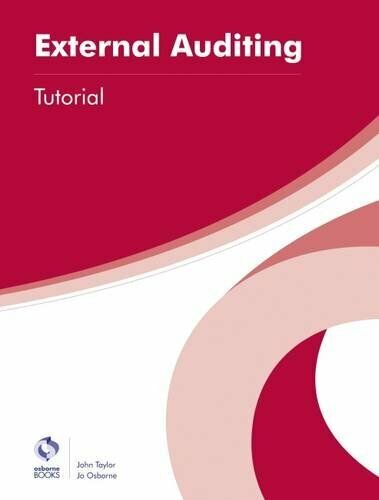Answered step by step
Verified Expert Solution
Question
1 Approved Answer
Please state the term for each of the definitions given. 1- Of all possible financing strategies, this particular approach uses the largest amount of long-term
Please state the term for each of the definitions given.
| 1- Of all possible financing strategies, this particular approach uses the largest amount of long-term debt, equity, and spontaneous current liabilities, all other things remaining constant. | |
| 2- The general term used to collectively describe the firms current asset investment, including its cash, marketable securities, accounts receivable, and inventory. | |
| 3- This period is equivalent to the average age of the firms inventory, as calculated by dividing the firms inventory balance by its daily cost of goods sold. | |
| 4- Its value is calculated by dividing a firms account receivable balance by its average daily credit sales. | |
| 5- A current asset financing strategy in which the cash generated by the conversion of the firms current assets is used to repay, or liquidate, the firms current liabilities used to finance them. | |
| 6- The average elapsed time between the purchase of raw materials and labor using an account payable and the payment of cash for them. | |
| 7- Minimum current asset balances below which a firms investment rarely drops. | |
| 8- The amount of current assets financed with long-term liabilities; calculated as the difference between a firms current assets and its current liabilities. |
| 9- This base, or foundational, interest rate is the rate that banks charge on large loans to their most creditworthy business borrowers; rates charged to other, riskier, customers are scaled up from this rate. | |
| 10- A legal claim against a borrowing firms entire inventory created to secure a loan in which the borrower retains control over the inventory and can sell items without the lenders permission. | |
| 11- An agreement that specifies the terms and conditions of a loan, including its amount, term, rate of interest, and repayment provisions. | |
| 12- A loan in which the borrower prepays the interest. | |
| 13- Often recurring, these short-term liabilities fluctuate spontaneously with the firms production operations. | |
| 14- A form of financing resulting from the sale of a firms accounts receivable at a discount from their face value to a third party who accepts recourse for the receivables nonpayment. | |
| 15- Unsecured short-term promissory notes issued by large, exceptionally creditworthy businesses. | |
| 16- The effective cost of accounts payable paid during the discount period. | |
| 17- The fee charged on the unused portion of a revolving line of credit to compensate the financial institution for setting aside the funds so that they are guaranteed to be available when the borrower wants them. | |
| 18- A liability that is originally expected to be repaid within one year. |
| 19- The level and nature of risk attributable to a firms activities and operations, and ignoring the risks associated with the firms capital structure. | |
| 20- The situation in which outsiders, such as external shareholders, credits, suppliers, and customers have less and inferior information about a firms past, current, and future conditions and prospects, compared to the firms managers. | |
| 21- The extent to which a firms cost structure contains a large proportion of fixed costs, which raises its level of business risk if the firms sales decline. | |
| 22- This practice of employing a large proportion of fixed-cost sources of financing, such as debt securities and preferred stock, exposes a firms stockholders to more business risk. | |
| 23- The ability of a firm to borrow money at a reasonable cost when good investment opportunities arise because it currently less debt than that suggested by its optimal capital structure. | |
| 24- An action taken by a firms management that provides clues to investors about how management views the firms prospects. | |
| 25- The risk that is borne solely by the firms shareholders, and results from a firms decision to finance its assets using fixed-cost sources of capital, including debt securities and preferred stock. | |
| 26- The level of sales at which a firms earnings per share (EPS) are the same, regardless of which of two alternative capital structures are compared. | |
| 27- The mix of debt, preferred stock, and common stock that maximizes the price of the firms common stock. | |
| 28- The mix of debt, preferred stock, and common stock that finances a firms assets. |
Step by Step Solution
There are 3 Steps involved in it
Step: 1

Get Instant Access to Expert-Tailored Solutions
See step-by-step solutions with expert insights and AI powered tools for academic success
Step: 2

Step: 3

Ace Your Homework with AI
Get the answers you need in no time with our AI-driven, step-by-step assistance
Get Started


